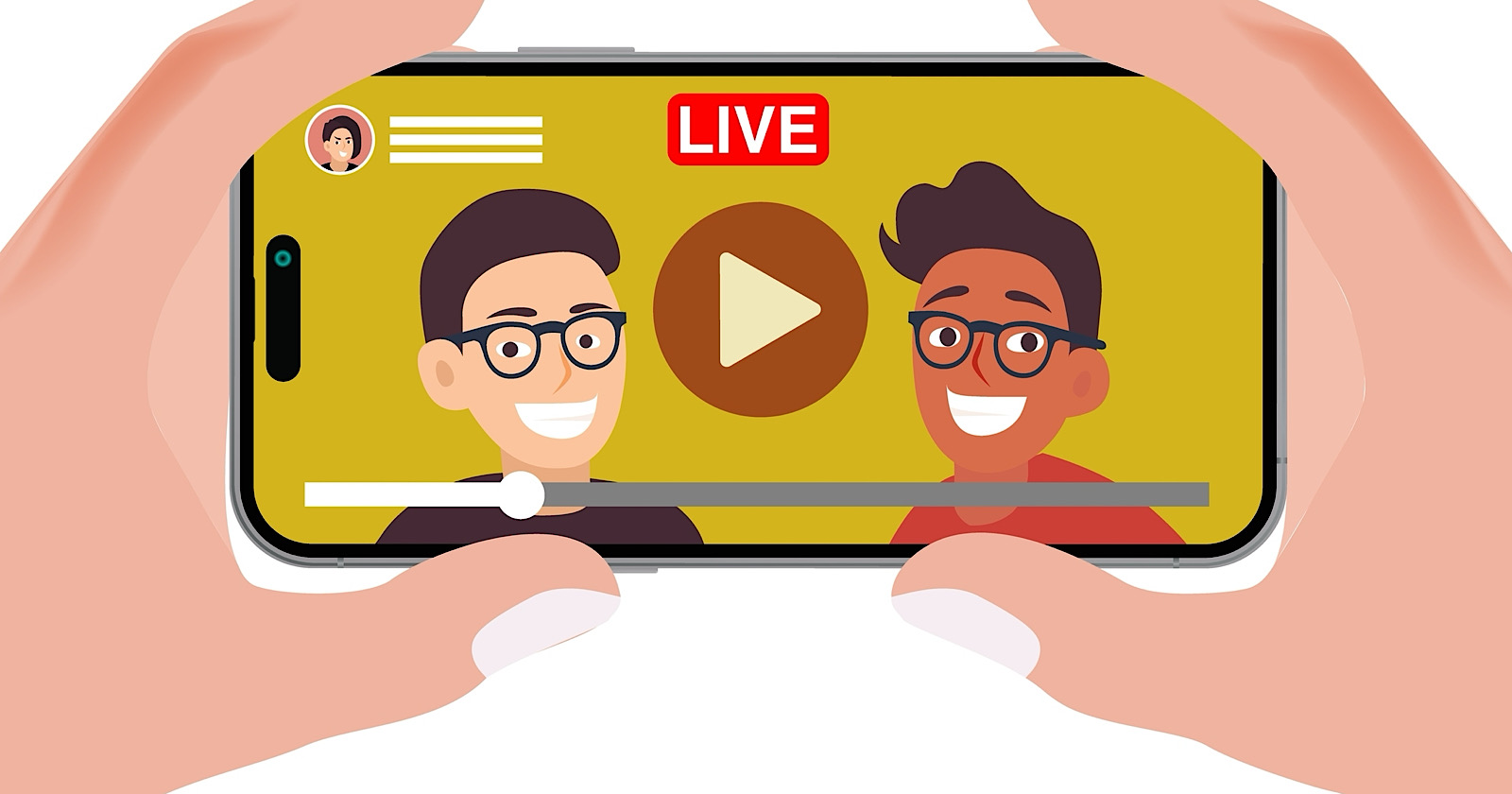YouTube recently published an informational video dispelling creators’ common myths and misconceptions about how YouTube’s recommendation algorithm works.
The 12-minute video features Todd Beaupré, who leads YouTube’s growth and discovery team, interviewed by YouTube creator liaison Renee Richie.
Here are the highlights from the discussion.
Understanding The Algorithm’s Focus
In the video, YouTube addresses a misunderstanding about how different video types affect a channel’s performance.
YouTube’s recommendation algorithm is focused on assessing each video individually rather than averaging the performance across a channel’s videos.
Beaupré explained, “For the most part, the algorithm for Discovery is focused more on individual videos.”
This approach allows the algorithm to provide users with a more personalized viewing experience.
It also gives creators the flexibility to try different video formats without concern that it will negatively impact their channel’s standing in the algorithmic recommendations.
To that end, Beaupré says that one video’s poor performance won’t irreversibly affect a channel’s overall success.
“If your last video wasn’t so great and your next video is great, we want to realize the potential of each video,” he said.
The Algorithm Serves Viewers, Not Videos
Beaupré discussed a prevalent assumption among content creators regarding YouTube’s recommendation algorithm.
“A lot of creators think of YouTube as pushing videos out to a bunch of people, but it’s actually more the reverse.”
He explained that the algorithm generates video recommendations when a user accesses YouTube, intending to show videos that align with that specific user’s watching history and preferences.
No ‘Penalty Box’ for Creators
The discussion touched on concerns that channels may be penalized by the algorithm for taking breaks or having decreased views.
Beaupré explained that the algorithm is designed to match each video with its most interested potential audience without overly relying on punitive measures or putting too much weight on past view data.
“We aim to not overemphasize historical data if that data isn’t particularly predictive of future video performance,” Beaupré stated, debunking the myth of a recommendation “Penalty Box.”
Longevity & Adaptability of Content
YouTube advises creators not to focus exclusively on analytics for newly uploaded videos, as recommendations aren’t limited to recent content.
Beaupré noted that videos can gain traction if interest is renewed or trends change, so creators should remain open to opportunities beyond immediate metrics.
Following the Audience
When discussing the balance between creator-led content and audience preferences, Beaupré mentioned the rise of YouTube Shorts as an example of the platform’s response to audience behavior.
He said, “YouTube is focused on Shorts because audiences have let us there,” explaining that the audience’s demand for more efficient and engaging content has driven the platform’s direction.
Analyzing Performance
Beaupré suggested looking at how subscribed viewers react to videos in their subscription feed to understand video performance better.
This data can offer insights into whether content issues or packaging have impacted performance.
He added, “It’s sometimes hard to understand why some things are successful when similar things are not,” acknowledging the unpredictable nature of viewer preferences.
Conclusion
After watching this interview, the key takeaway for creators is that the YouTube algorithm isn’t out to get them. It’s trying to get the right videos to the right people at the right time.
If a video doesn’t take off immediately, don’t sweat it. The algorithm will keep working to find your audience. And creators must keep working to make content viewers want to watch.
The algorithm adapts to what viewers want to see, not vice versa. So study your audience, check out what’s trending in your niche, and give people more of what they want if you want to beat the competition.
YouTube is powered by people’s passions. The algorithm helps to line up those passions between creators and viewers. Keep publishing, keep improving, and the algorithm will keep distributing.
FAQ
How does YouTube’s recommendation algorithm evaluate video content?
The YouTube recommendation algorithm evaluates video content individually rather than looking at the channel’s overall video average. Here are some vital factors that the algorithm considers:
- Personalized viewing experience: Each video is assessed for its potential to provide content that aligns with individual user preferences.
- Content flexibility: Creators can experiment with different video formats without worrying about negatively impacting their channel’s algorithmic standing.
- Non-punitive measures: A single video’s poor performance does not irreversibly affect a channel’s success, allowing each new video’s potential to be realized independently.
Is there a ‘Penalty Box’ for YouTube content creators?
No, there is no ‘Penalty Box’ for content creators on YouTube. Todd Beaupré clarifies this in his discussion, stressing several aspects:
- Algorithm design: The YouTube algorithm aims to match videos with viewers with the highest potential interest rather than punishing channels for inactive periods or reduced views.
- Historical data: The algorithm does not overemphasize past performance data if it is not predictive of future video success.
- Content adaptability: Recommendations are not limited to newly uploaded content, as videos could gain prominence if interest is renewed or trends shift.
What is the best approach for creators to enhance video performance on YouTube?
Creators can enhance video performance on YouTube by strategically focusing on audience analytics and content appeal. Todd Beaupré recommends these practices:
- Analyze subscribed viewer interactions within their subscription feed to gauge content success.
- Create content that caters to viewer preferences and trends within the niche to respond to audience demands effectively.
- Consistency and improvement: Continue producing and refining content as the algorithm connects creators with their target audience.




